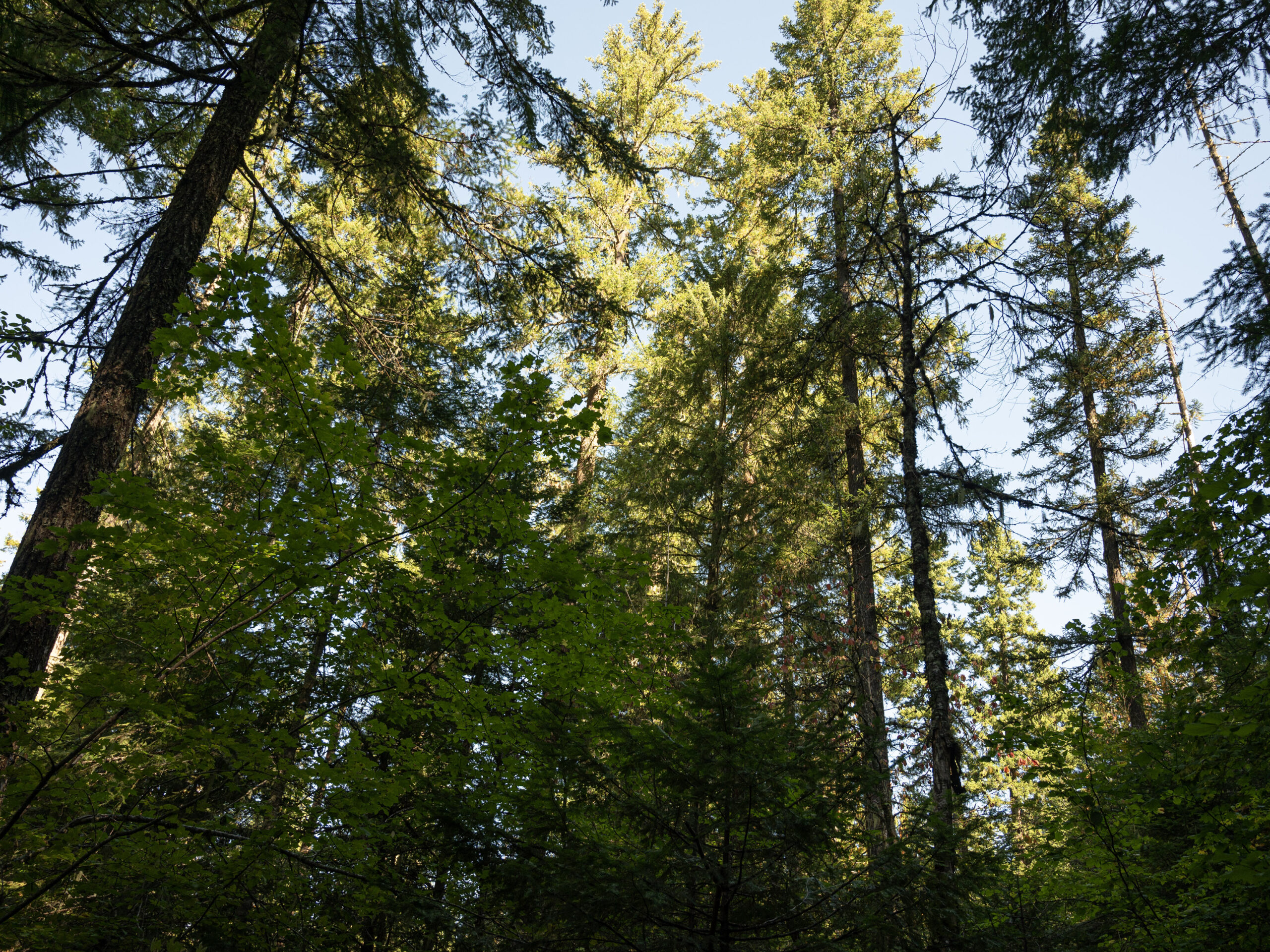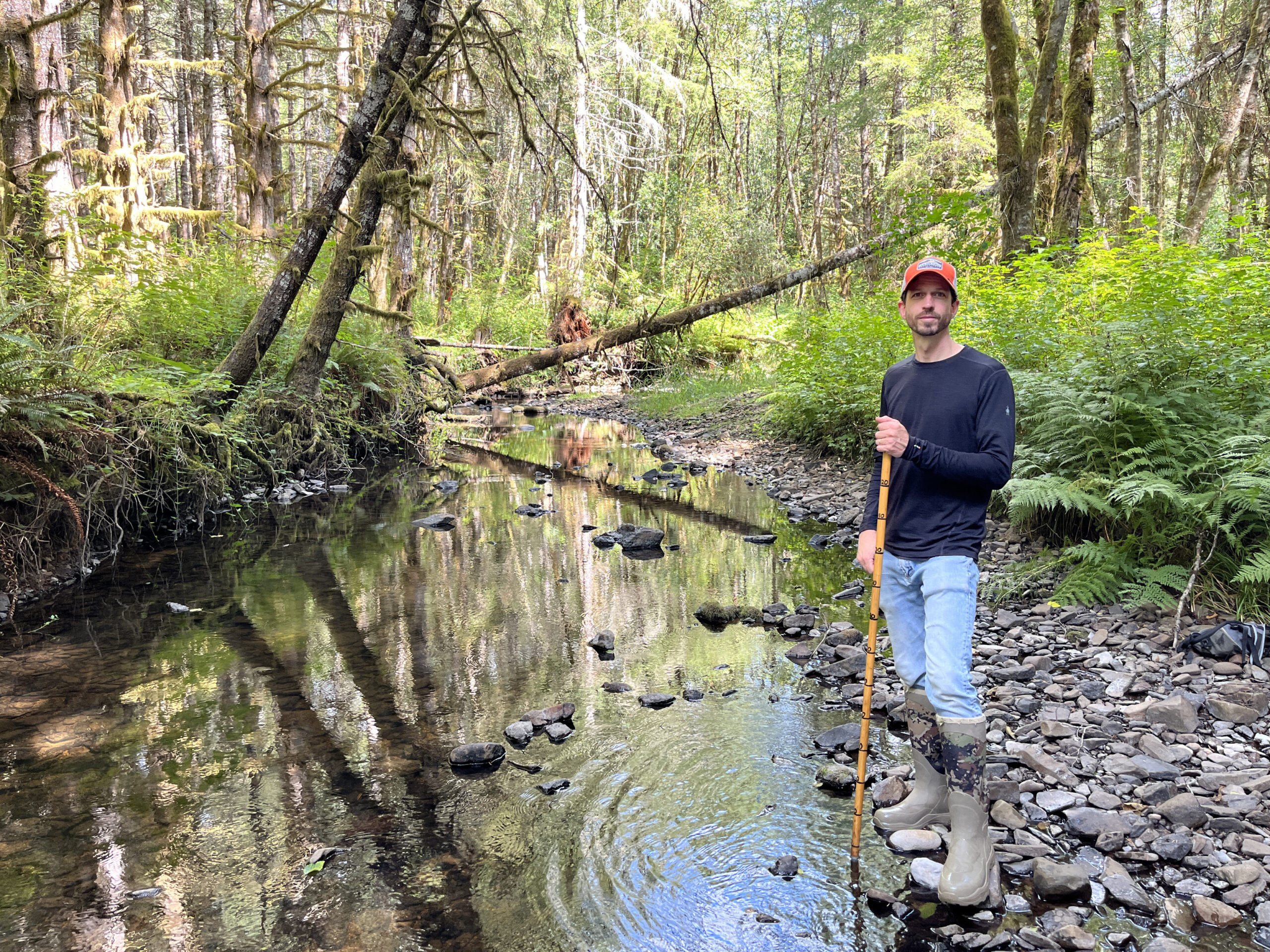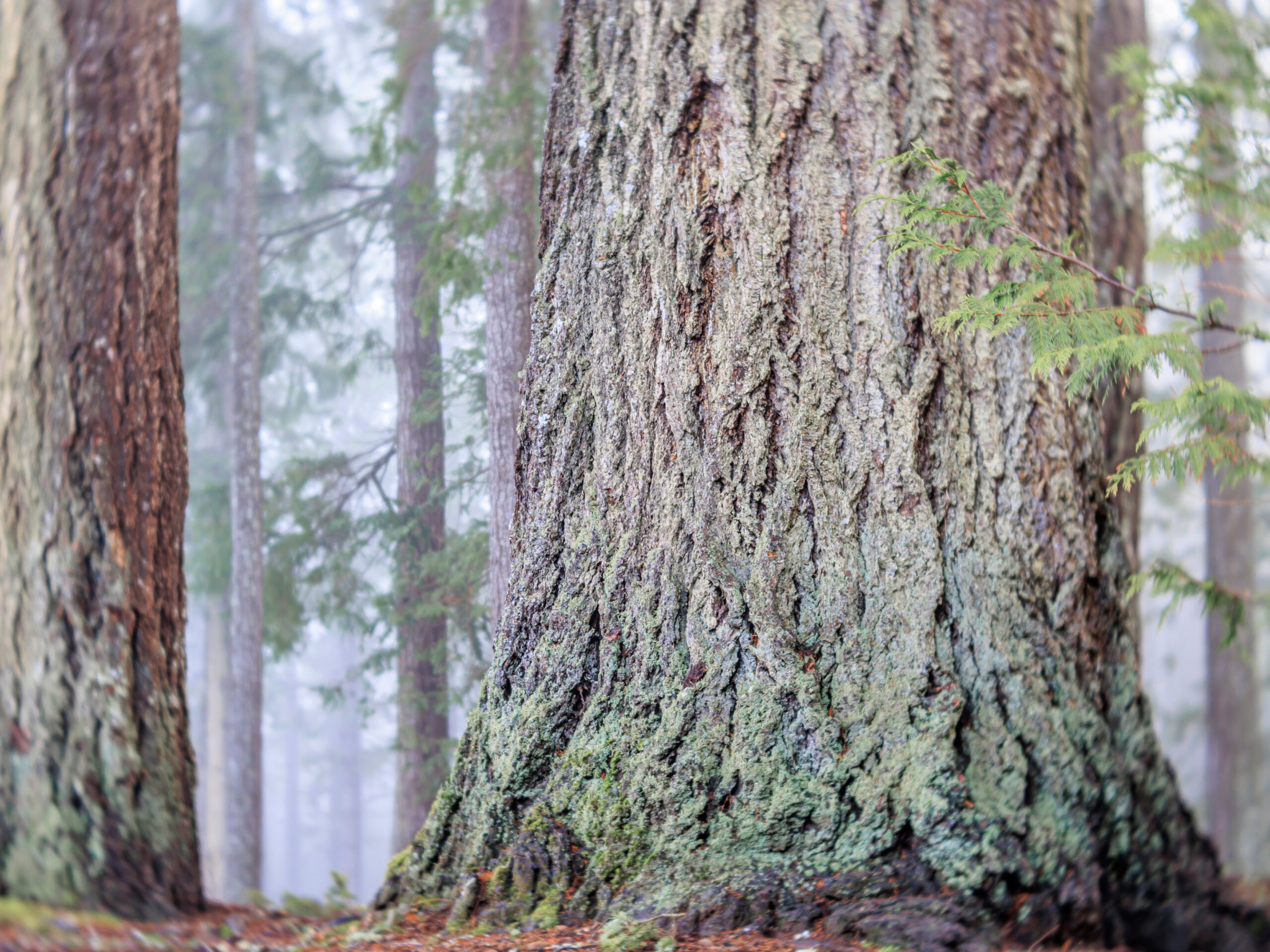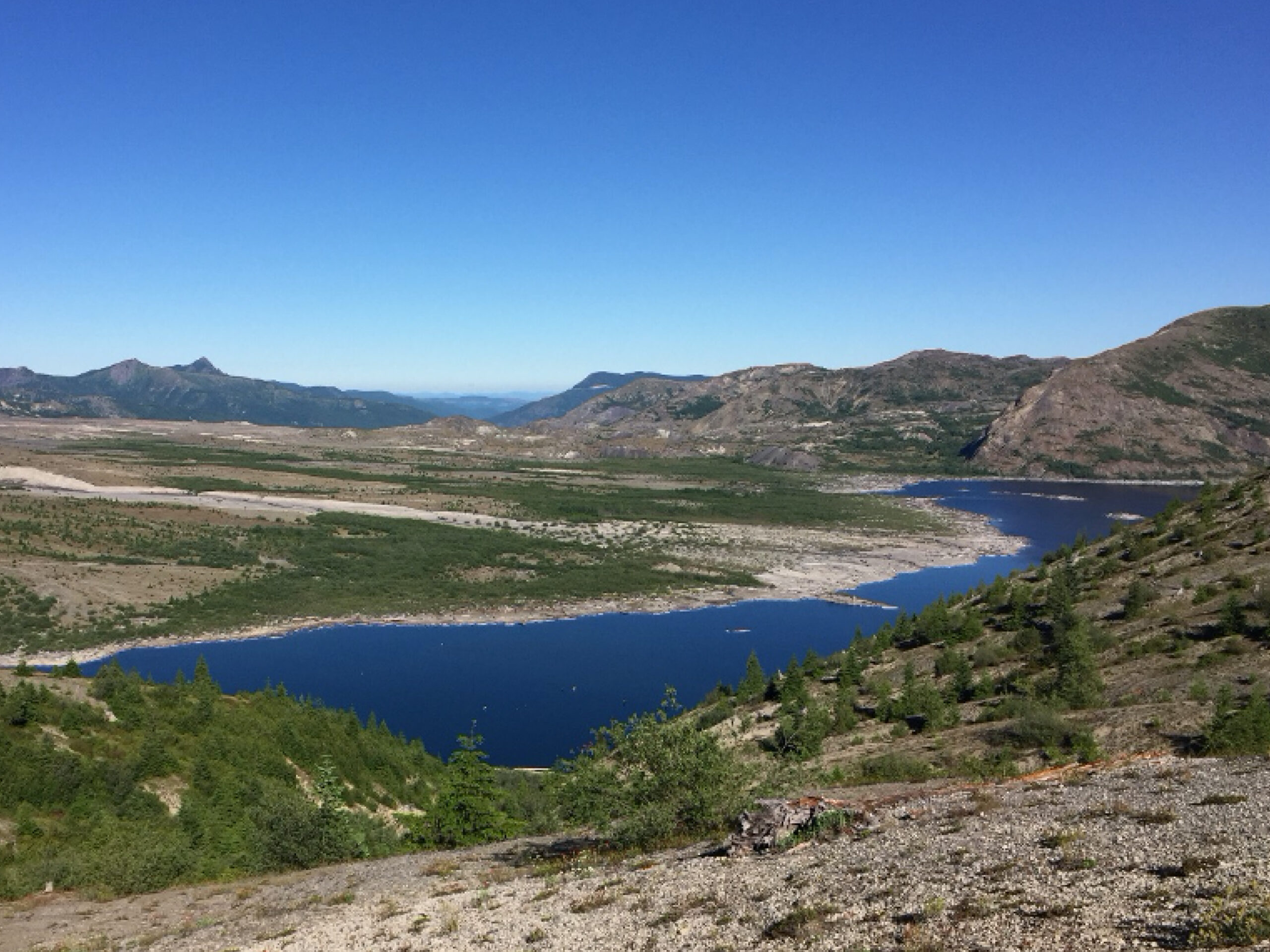[vc_row row_type=”row” use_row_as_full_screen_section=”no” type=”full_width” angled_section=”no” text_align=”left” background_image_as_pattern=”without_pattern” css_animation=””][vc_column width=”1/12″][/vc_column][vc_column width=”5/6″][vc_column_text]
Grants: Money Will Fund Five Projects in the County; Grays Harbor, Thurston County Also Get Funding
By The Chronicle
Jan 26, 2918
Lewis County groups have received $1,000,794 in grants for five projects that will protect and restore salmon habitat.
Neighboring counties of Grays Harbor and Thurston received $483,911 and $1,254,429, respectively, for various projects.
“Salmon are vitally important to Washington’s economy and to our way of life. They are one of our state’s most precious resources,” Gov. Jay Inslee said in a press release. “These projects will help tackle some of the fundamental problems that are destroying our salmon populations. By making these investments we are taking steps to increase the number of salmon so there will be enough fish for future generations, orcas and for the communities and jobs that rely on the fishing industry.”
In Lewis County, a $599,723 grant was awarded to the Cowlitz Indian Tribe to improve salmon habitat near the Cispus River. The work will take place in the Cowlitz River, near the confluence with Yellowjack Creek.
The tribe will use the money to place large logs and tree root wads in over a quarter-mile of the river to create additional habitat for Chinook, coho salmon and steelhead. The improvements will change the flow of the river, creating riffles and deep, cold pools where fish can rest and hide from predators, according to a press release. It will also slow water to reduce erosion and the amount of fine sediment in the river.
Staff and volunteers from the Cascade Forest Conservancy will plant trees and shrubs on 22.5 acres of land identified by the U.S. Forest Service for its lack in riverbank forest diversity or density.
Two grants totaling $187,973 and $55,750 were awarded to Lewis County. The first will be used to remove a barrier to fish passage in a Stearns Creek tributary. Lewis County Public Works will remove a culvert that carries the creek under Pleasant Valley Road. After it is removed, fish will have access to 2.4 miles of spawning habitat and 1.5 acres of rearing habitat. Lewis County will contribute $188,500 from a federal grant and donations of labor.
The second grant awarded to the Lewis County Public Works Department for $55,750 will design a project to remove a barrier to fish passage in Berwick Creek. The barrier is a concrete box that carries the creek under Logan Hill Road. Fish are unable to pass through the box because the slope is too steep, stated the release. The replacement of the box will give coho salmon, winter steelhead and cutthroat trout seasonal access to almost a half-mile of habitat.
It will also move 500 feet of the creek channel to its historic floodplain, which will provide a more natural channel. Work will also take place to remove 250 feet of bank armorning, add floodplain terraces and streamside plantings, as well as add large woody materials that will provide more varied types of habitat. The county will contribute $55,750 to the project through labor donations.
The Lewis County Conservation District has been awarded $60,776 to design the replacement of culverts blocking fish passage under Lucas Creek Road. The money will be used for preliminary designs and to obtain permits to remove two culverts that are preventing two-thirds of the fish from passing through because of the steepness and the high outfall drop. The project will open 3.4 miles of habitat for coho salmon, steelhead, coastal cutthroat and residential trout.
The last grant, totaling $96,572 will also go to the Lewis County Conservation District. The money will be used to remove three barriers to fish passage in the Middle Fork Newaukum River. The barriers are undersized culverts. Once fixed, additional habitat will be available for fish. The district will contribute $100,000 from a federal grant.
In all, $53 million was awarded for 163 projects in the state by the Washington Salmon Recovery Funding Board and the Puget Sound Partnership.
“These projects are keeping us from losing salmon entirely,” David Troutt, chair of the Salmon Recovery Funding Board, said. “Salmon are in trouble, but we know what to do. We have federally-approved recovery plans in place and the people to make them happen. We must continue these investments if we are to return salmon to healthy and sustainable numbers.”
For a full list of projects, go online to www.rco.wa.gov.
View the full article (here).[/vc_column_text][/vc_column][vc_column width=”1/12″][/vc_column][/vc_row]






